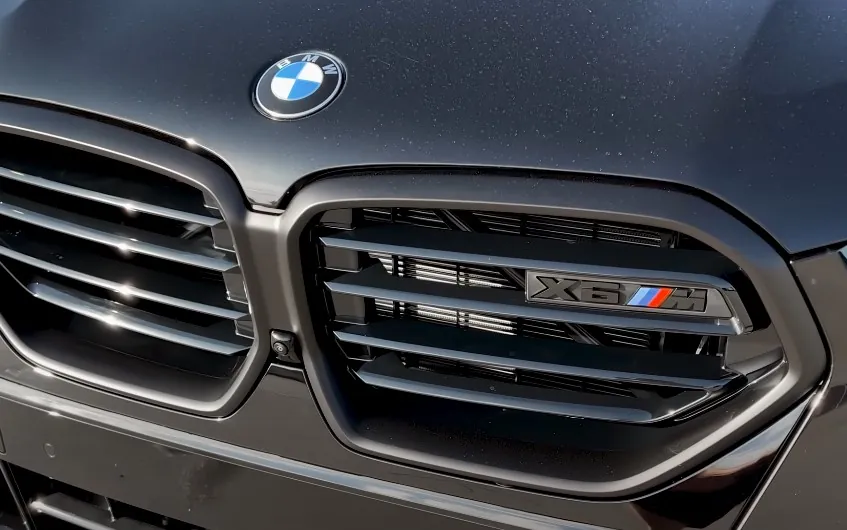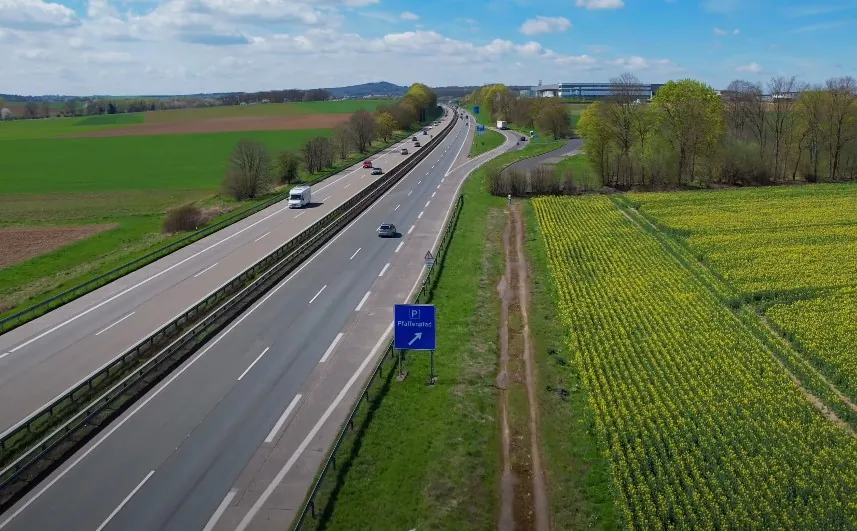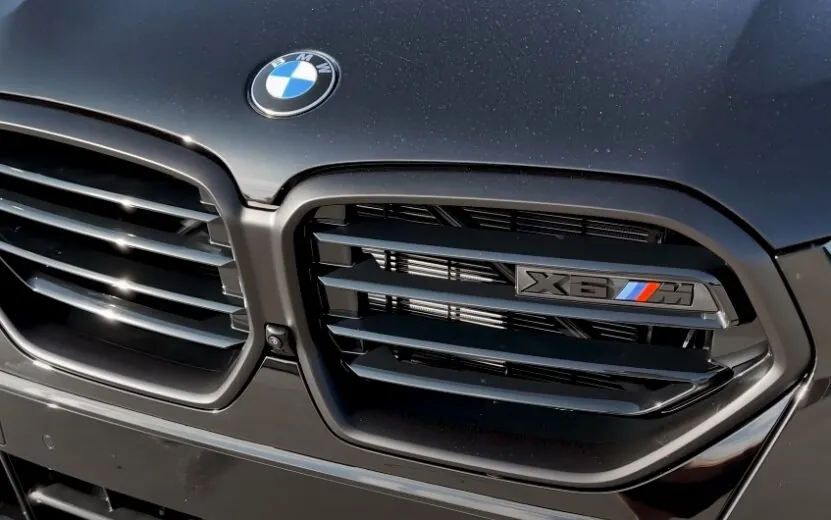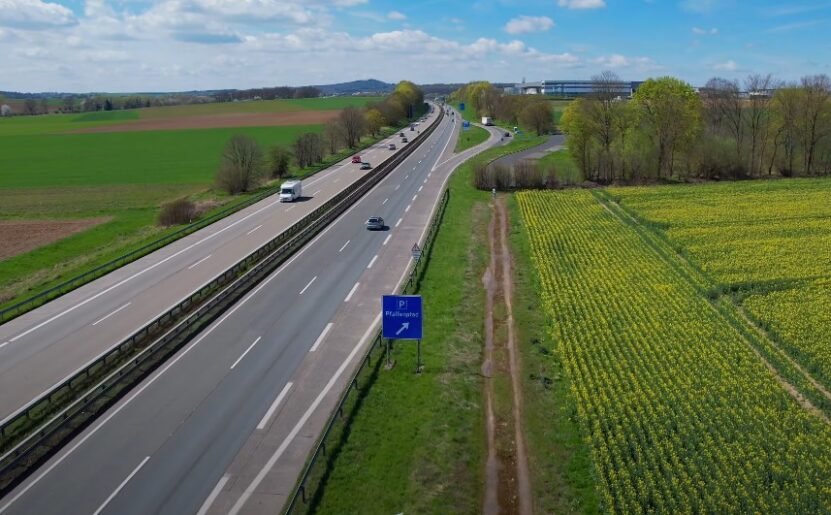
Share Post:
Germany’s Autobahn is known for unrestricted speed zones and meticulously engineered roadways.
In contrast, U.S. highways enforce universal speed limits and display wide variation in road quality.
A true Autobahn-style driving culture is unachievable in the U.S. due to essential differences in driver education, infrastructure standards, public behavior, and legislative priorities.
Table of Contents
ToggleDriver Training and Licensing

Driving on the Autobahn demands exceptional competence, not just general road familiarity. Earning a license in Germany is a structured and demanding process.
Aspiring drivers must enroll in certified driving schools, committing several months and often spending between €1,500 to €3,000.
The system emphasizes not just basic control but mastering vehicles at high speeds and under variable conditions.
It is not enough to simply drive; drivers are expected to prove technical competence, discipline, and the ability to make critical decisions at highway velocities.
Training is comprehensive, with a strict curriculum that includes:
- Classroom theory courses, covering road laws, right-of-way rules, and hazard perception
- Multiple written tests, not limited to simple signs or rules but requiring practical scenario analysis
- Supervised driving sessions, including practice on the Autobahn, night driving, and navigating rain, fog, and snow
- Mandatory first aid course, ensuring that every driver knows how to respond to accidents
- A rigorous final driving exam, where performance at higher speeds is closely evaluated
Drivers trained this way enter traffic with reflexes sharpened for high-speed conditions. Overtaking at 130 mph or responding to sudden changes in traffic flow is not intimidating, it’s expected.
U.S. licensing procedures offer little resemblance to this structure. Most American teenagers receive driving lessons from a parent or older sibling in parking lots or side streets.
Driving schools are optional in many areas and often serve as quick paths to getting a license rather than institutions focused on advanced skill-building.
Standard testing in the U.S. is shockingly basic. In many states:
- Written tests cover elementary signs and signals, with limited focus on complex traffic scenarios
- Driving exams last under 20 minutes, often confined to city streets at low speeds
- No Autobahn-style speed training exists, and few drivers ever exceed 65 mph during their entire training period
- Defensive driving techniques such as evasive maneuvers or emergency braking at high speed are rarely, if ever, introduced
This results in a massive skill gap. German drivers enter the road prepared for emergencies at 100 mph.
American drivers, in contrast, often struggle with basic merging techniques, let alone safe lane changes at speed.
Lane discipline, speed awareness, and safe following distances deteriorate quickly when drivers have never been trained to operate vehicles in a high-velocity environment.
Road Infrastructure and Maintenance
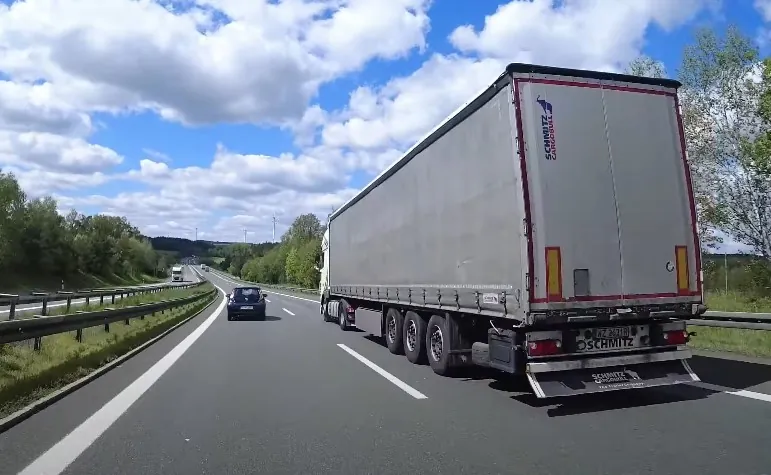
Autobahns are engineered for speed, precision, and endurance. These roads are not ordinary highways; they represent engineering disciplines that prioritize safety at high velocity.
Surfaces are composed of multiple reinforced layers that absorb stress, reduce wear, and handle extreme seasonal temperatures.
Curves are long and measured, often banked to accommodate vehicles moving over 100 mph with maximum stability.
Guardrails are strategically placed, drainage is methodically engineered, and lane widths remain consistent for smoother navigation.
Several key features define Autobahn construction:
- Thicker pavement layers to resist rutting and deformation under heavy loads
- Banked curves that reduce lateral G-forces and enhance control at speed
- Wide emergency lanes to allow space for breakdowns or first responders
- Standardized signage that minimizes confusion and supports rapid reaction
- Consistent lighting in tunnels and interchanges to aid visibility
- Proactive maintenance schedules to prevent hazards from forming
Road crews in Germany perform regular inspections, and repairs happen before deterioration reaches dangerous levels.
Drivers can depend on consistent pavement quality and lane integrity across nearly every region.
Harsh winters in the Midwest, frequent flooding in the South, and high heat in the Southwest each create unique maintenance challenges.
But the real issue lies in inconsistent budgeting and planning. Short-term fixes often replace long-term investment.
Common hazards on American highways include:
- Potholes and cracked surfaces that develop and go unrepaired for months
- Abrupt curves and lane merges without advance warning
- Fading or missing lane markings that confuse drivers, especially at night
- Uncoordinated signage systems that change frequently between jurisdictions
- Interrupted highway flow due to interchanges, traffic lights, or toll plazas
High-speed travel becomes dangerous in such conditions. A vehicle traveling 80 mph or more cannot safely handle sudden drops in surface quality.
A slight steering correction caused by a pothole or an unclear lane shift can lead to total loss of control. Without the engineering foresight embedded in the Autobahn, American roads are simply not suitable for unrestricted speed.
Political and Legal Challenges
Autobahn infrastructure is more than a highway system; it reflects a national identity rooted in engineering excellence and automotive heritage.
Public pride in the system is intense. Attempts to implement speed limits often spark fierce resistance.
Environmentalists, safety advocates, and climate policy architects face heavy opposition from driving associations, car manufacturers, and traditionalist politicians.
Policy outcomes in Germany reflect:
- Legal frameworks that support driver accountability at high speeds
- Insurance systems designed around competence-based licensing
- Strict enforcement of vehicle inspection and driver responsibility laws
- Cultural attachment to unrestricted travel as a symbol of freedom
Federal guidelines exist but rarely enforce standards on speed, road design, or insurance liability.
Efforts to remove speed limits would immediately trigger backlash not only from voters, but also from personal injury lawyers, auto insurers, and local government officials.
Legal and political barriers in the U.S. include:
- Patchwork of state-level regulations that prevent national reform
- High litigation risk in high-speed crashes, especially involving third parties
- Insurance industry resistance due to increased payout potential
- Public perception of safety that demands risk mitigation at all costs
Injuries resulting from high-speed collisions would likely overwhelm emergency systems and legal services.
Victims on motorcycles, in particular, face the worst outcomes due to limited protection.
In such scenarios, a motorcycle accident lawyer becomes an essential figure in helping clients navigate claims, liability disputes, and financial recovery.
Without a seismic legal and policy shift, unrestricted speed remains outside the realm of possibility in America.
Driving Culture and Road Etiquette

Autobahn success is not based solely on road quality or law. It stems from a nationwide expectation of competence, respect, and order behind the wheel.
German drivers receive comprehensive training not only on car control but also on etiquette.
The social contract on the road is enforced by both law and fellow drivers. Overtaking is done strictly in the left lane, and slower vehicles move over without hesitation.
Core behaviors that define German driving culture:
- Strict lane discipline, especially at high speeds
- Clear signaling and yielding rules, universally respected
- Low tolerance for distracted driving, tailgating, or erratic maneuvers
- Cultural reinforcement of rule-following and mutual courtesy
Enforcement supports this, with stiff penalties for lane misuse or reckless acts. Social expectations further reinforce compliance, making rule-breaking a rare and publicly condemned act.
In contrast, American road behavior is defined by individualism and inconsistency. Lane hogging in the passing lane is common, even on highways where signs request drivers to keep right.
Tailgating, aggressive overtaking, and distracted driving often go unchecked. Many drivers believe they have a personal right to use the road in whichever way suits them.
Summary
Autobahn culture exists because of a rare convergence: elite driver training, superior infrastructure, disciplined road behavior, and consistent political support. None of these elements are present in the United States to the degree required for Autobahn-style traffic to operate safely or efficiently.
Unlimited speed may sound thrilling, but in a system not designed to support it, the outcome is more chaos than freedom. America’s roads simply aren’t built—physically, culturally, or politically—to sustain what the Autobahn represents.
Related Posts:



